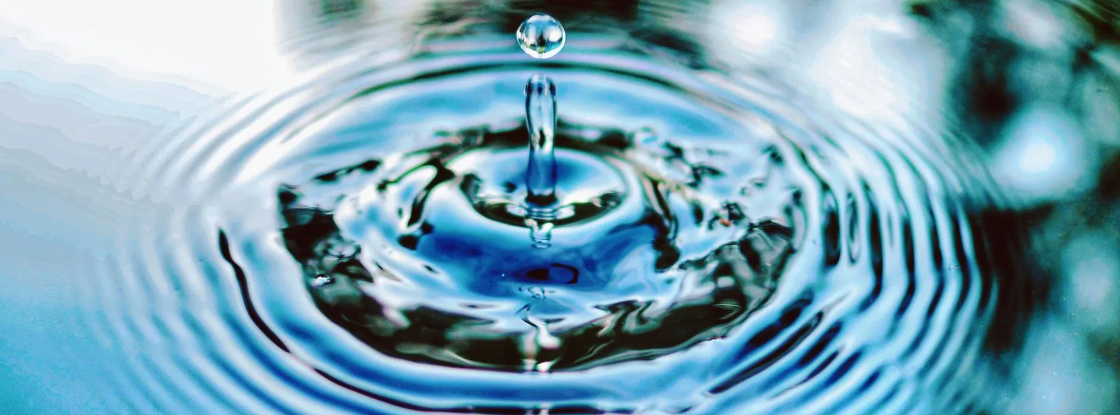What is Aquamation
Aquamation Explained: The Gentle Alternative to Cremation

Families today are increasingly aware of how their choices affect the planet. When it comes to end-of-life care, more people are asking: Is there a more eco-friendly option than cremation or traditional burial? The answer is aquamation—a gentle, water-based process that provides a respectful farewell while greatly reducing environmental impact. Sometimes called alkaline hydrolysis or water cremation, aquamation is quickly becoming one of the most sustainable choices for modern families.
What Is Aquamation?
Aquamation is a process that uses a combination of water, heat, and natural alkali (such as potassium hydroxide) to accelerate the natural breakdown of the body. The body is placed in a stainless steel vessel filled with water and a small amount of alkali. The solution is gently heated and circulated, speeding up decomposition. After several hours, only the bone minerals remain. These bones are processed into a fine powder—very similar to cremated ashes—that is returned to the family. Unlike flame cremation, aquamation does not use fire or emit harmful greenhouse gases.
Why Families Choose Aquamation
- Eco-Friendly
- Uses up to 90% less energy than cremation by fire.
- No emissions of carbon dioxide, mercury, or toxins.
- The water solution is sterile and safely returned to the ecosystem.
- Gentle & Dignified
- Families often appreciate that aquamation is a more natural, less harsh process than flame cremation.
- Similar to Cremation
- Families receive “ashes” (actually powdered bone) in the same way as with flame cremation.
- Ashes can be placed in urns, scattered, or used in memorial keepsakes.
- Growing Availability
- Once only offered in a few states, aquamation is now legal and available in many parts of the U.S. and around the world.
Aquamation vs. Flame Cremation
Cremation by Fire Aquamation
Uses intense heat (1,600–1,800°F) Uses warm water & alkali
Releases CO₂ & mercury into the air Zero harmful emissions
Consumes large amounts of natural gas Uses up to 90% less energy
Ashes returned to family Ashes (bone powder) returned to family
Cost of Aquamation
Aquamation is often comparable in price to flame cremation—sometimes slightly more due to specialized equipment. However, many families see the value in choosing an option that aligns with their environmental values.
FAQs About Aquamation
Is aquamation legal everywhere?
No, laws vary by state. More than 25 states in the U.S. have legalized it, and legislation continues to expand.
What do the remains look like?
The ashes look very similar to traditional cremation remains—soft, white powder returned in an urn.
Is aquamation safe for the environment?
Yes. The water solution is sterile and contains no DNA or harmful substances. It is safely released back into the environment.
Can I still hold a funeral or memorial?
Absolutely. Aquamation is simply the method of final disposition. Families can choose viewings, memorial services, or celebrations of life just as they would with burial or cremation.
Aquamation offers families a gentler, greener, and more sustainable way to honor their loved ones. It provides all the familiarity of cremation—returning ashes to families—while protecting the environment for future generations.
At Green Goodbye, we’re committed to helping families understand and choose eco-friendly options like aquamation and green burial. If you’d like to learn more about this gentle alternative, our team is here to guide you.



